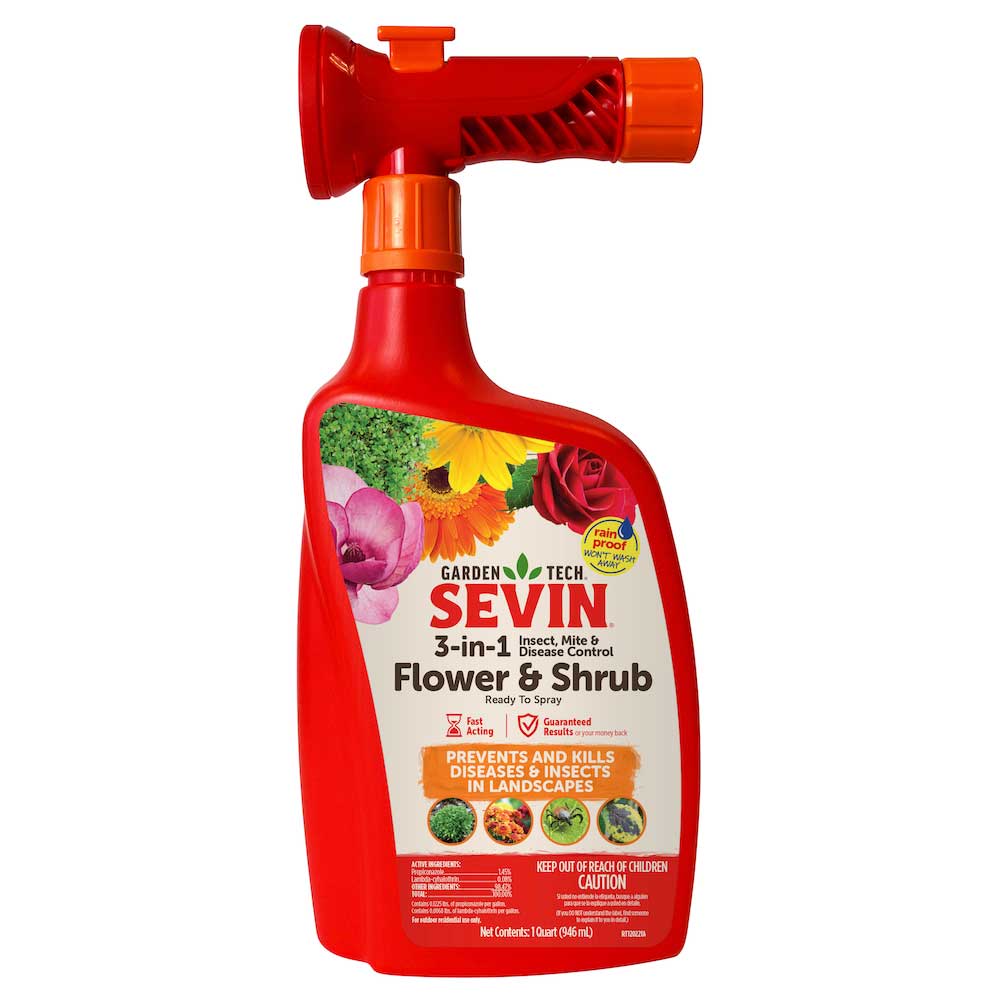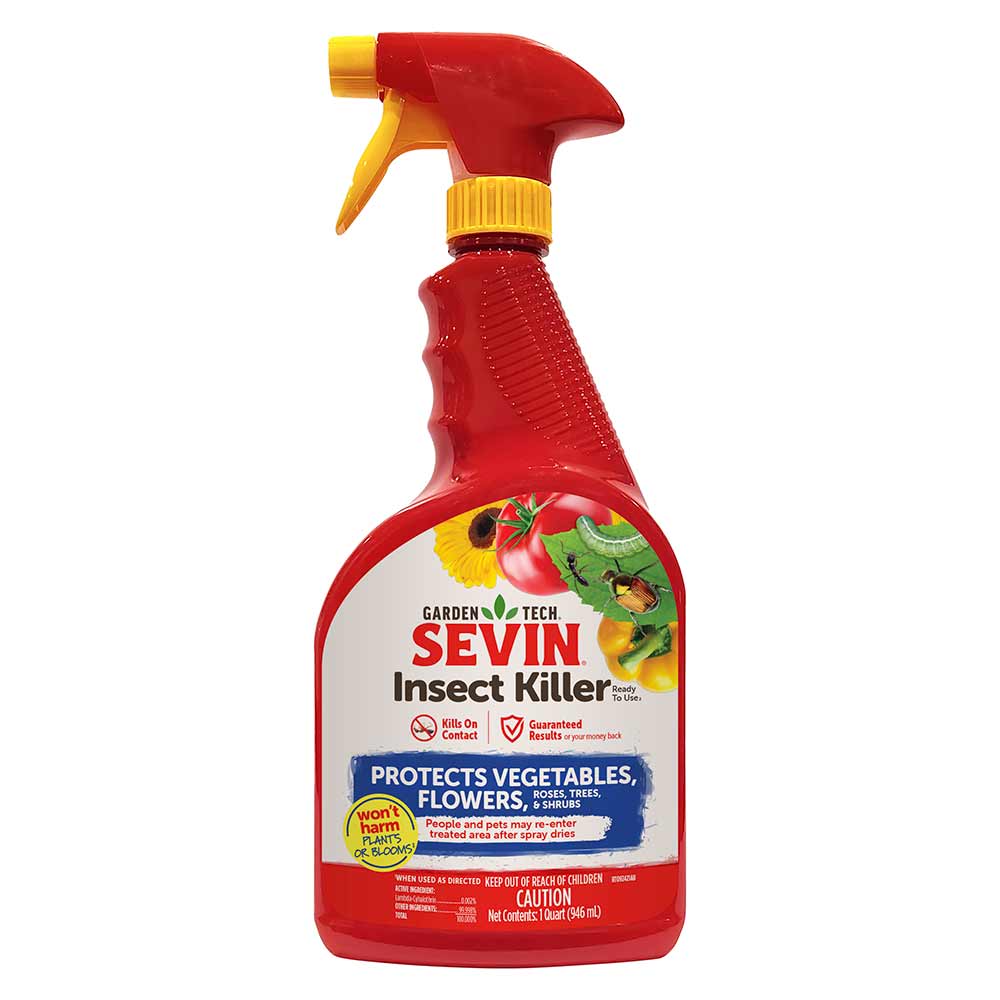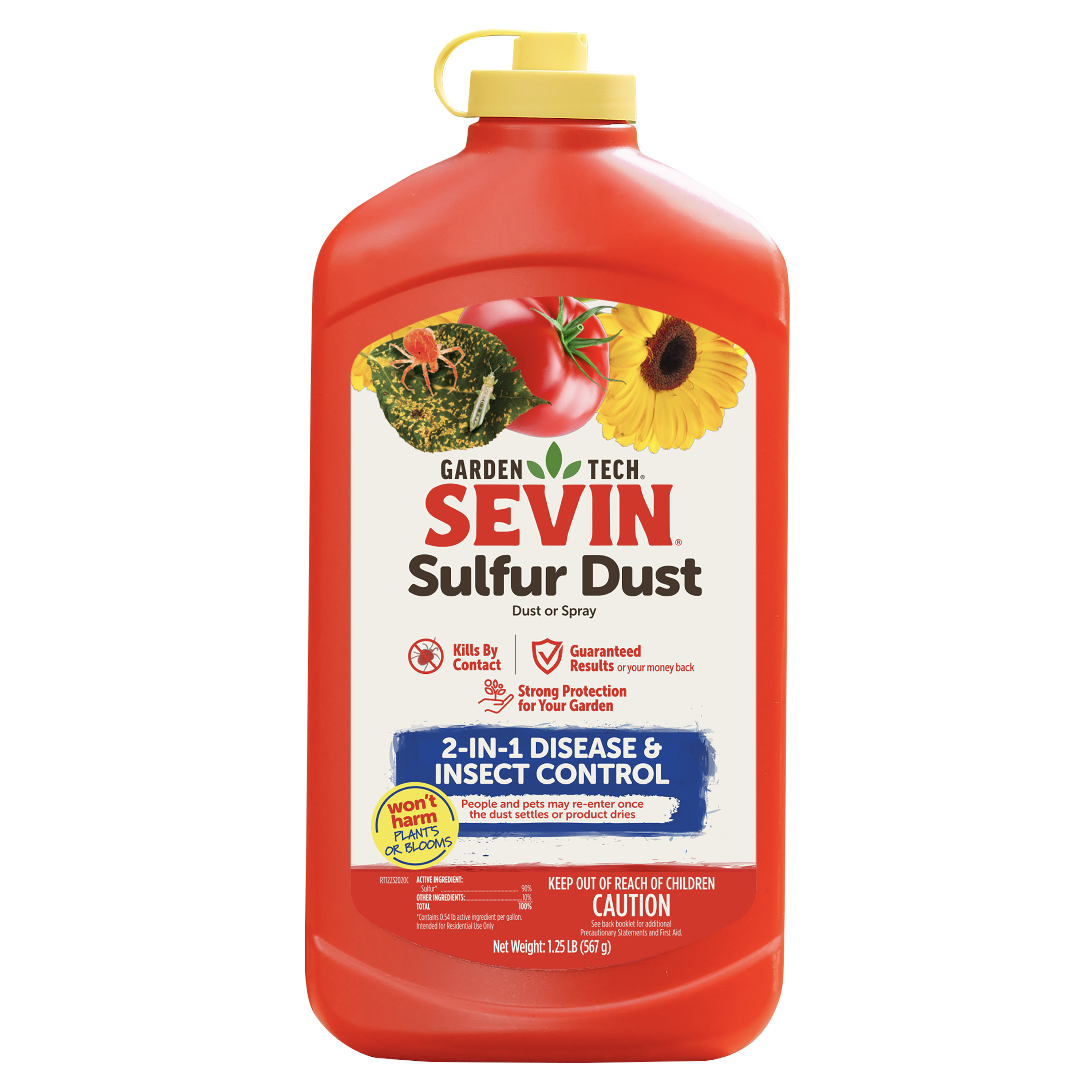Mites
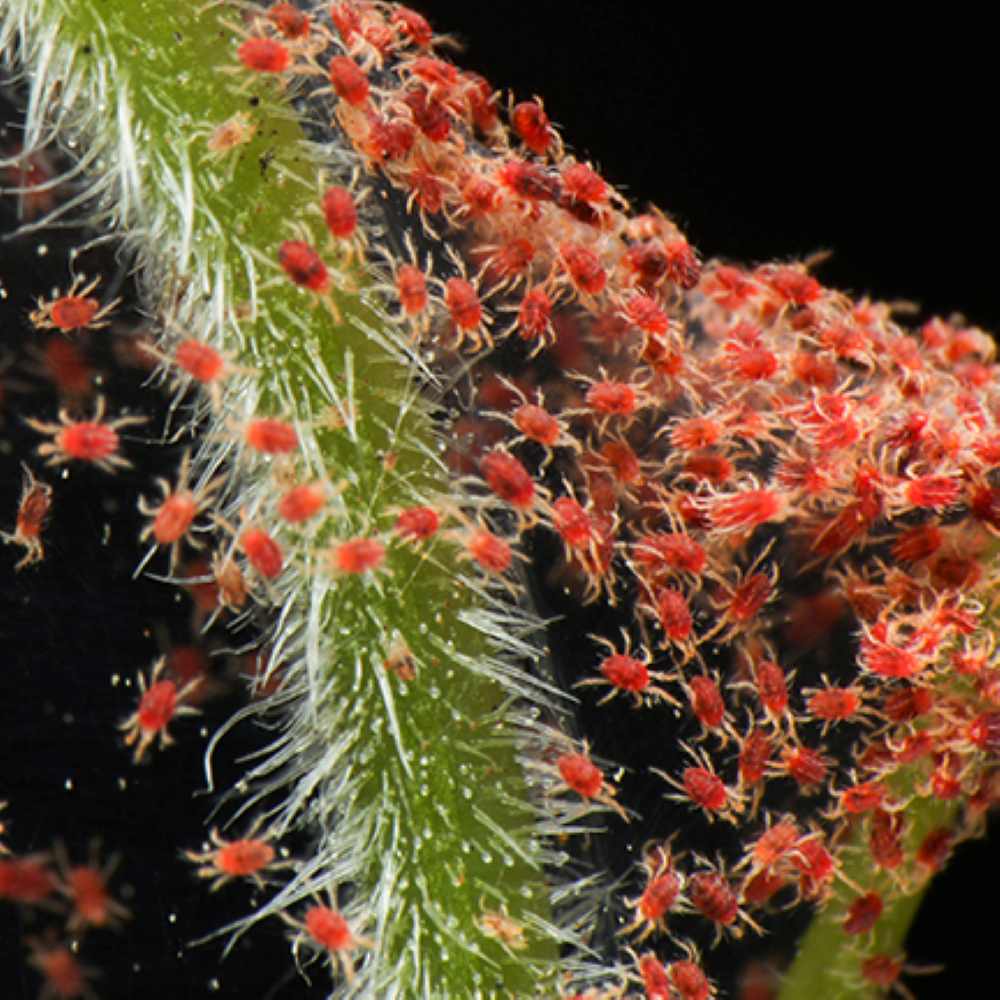

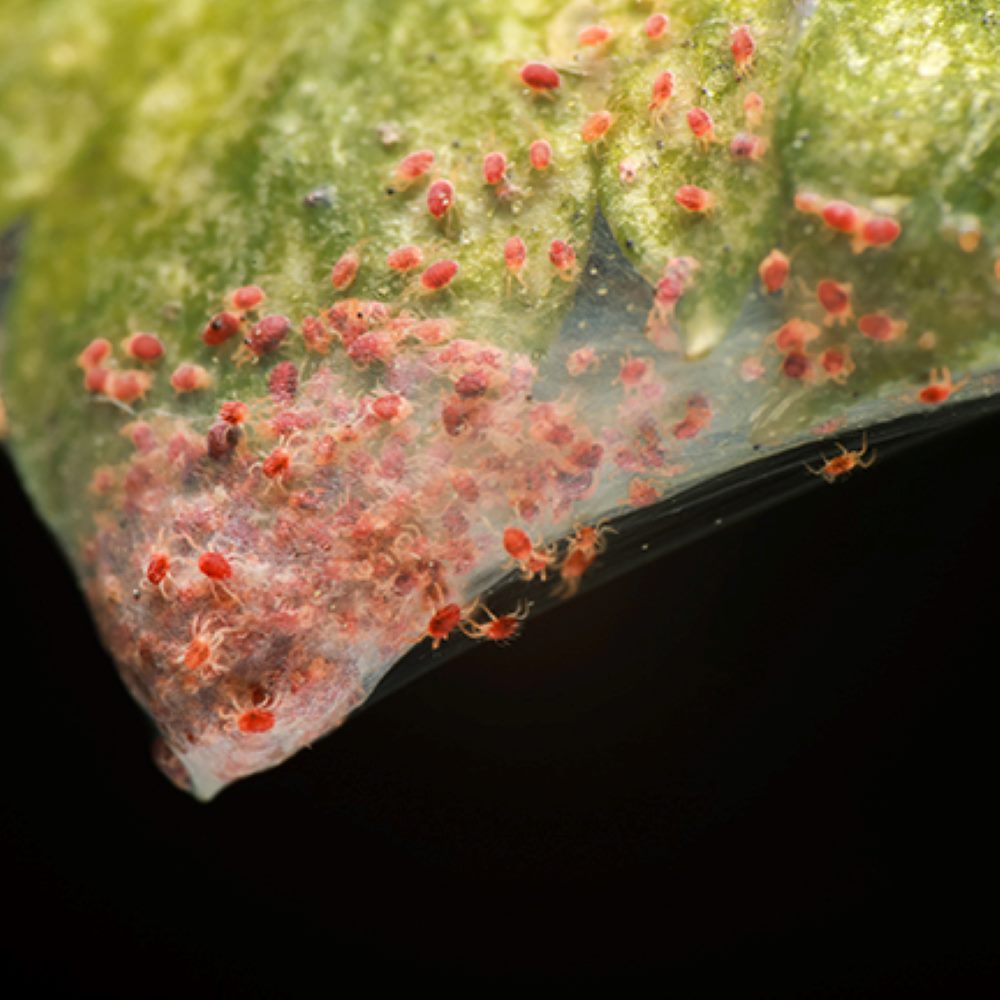
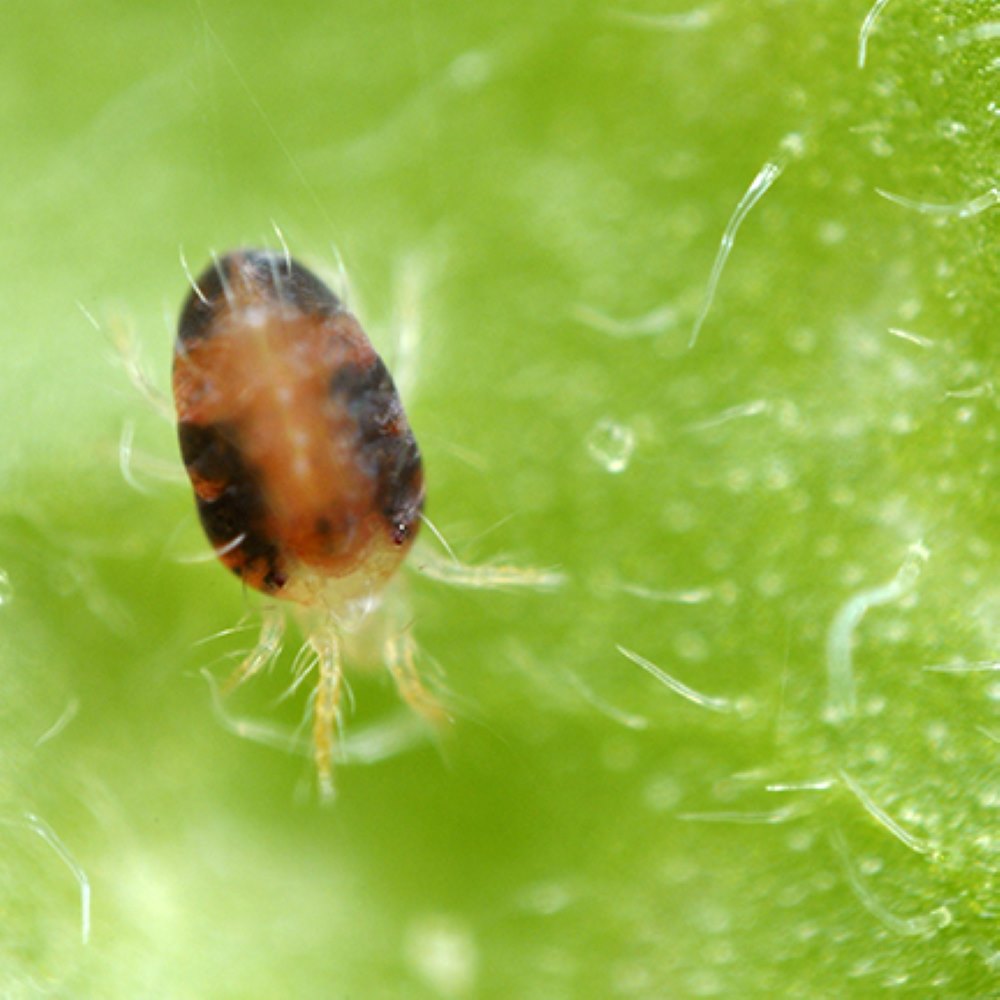
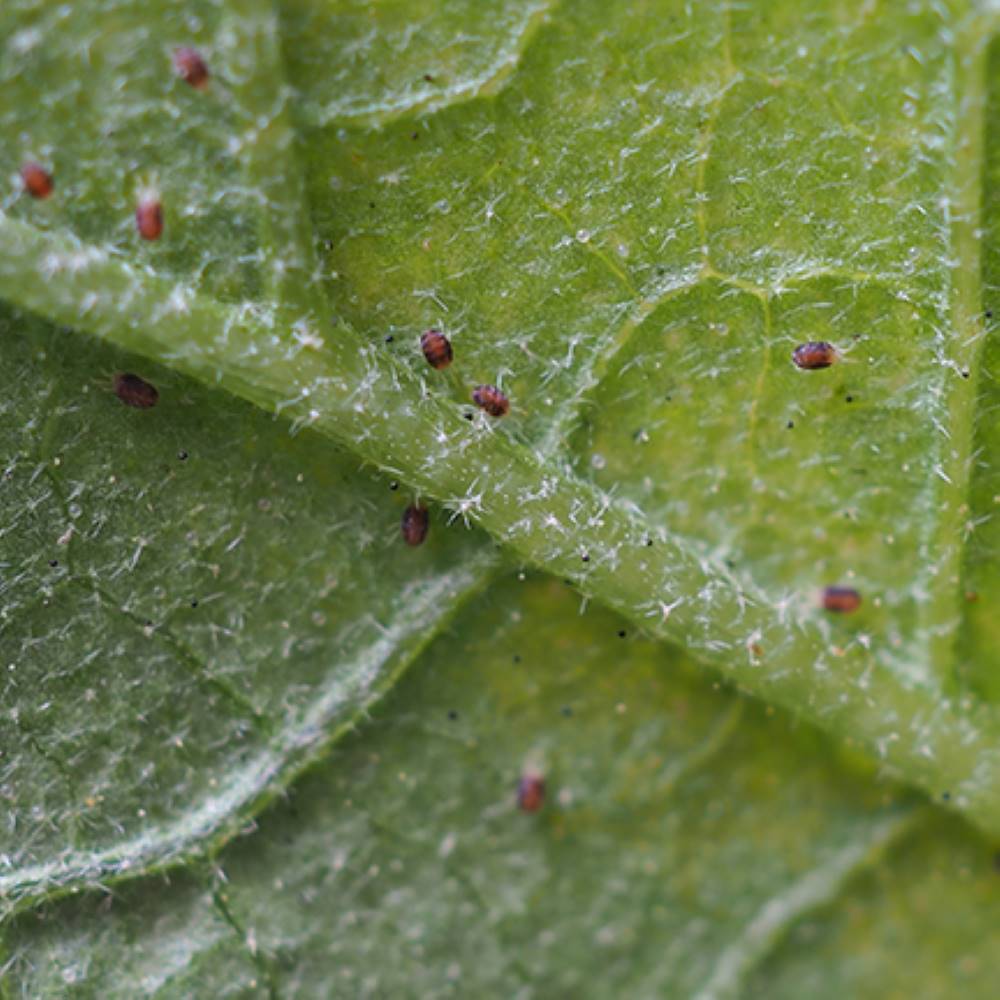
Mites are one of the smallest garden pests, but they’re also one of the most difficult to control. When hot, dry weather or other conditions stress garden plants, destructive mites quickly respond. Managing mite problems is more challenging because mites are arachnids, like spiders and ticks, not insects. As a result, many garden insecticides designed only for insects can't control these tiny pests. Left unchecked, mites multiply quickly and leave weak, damaged plants in their path.
Mite Identification
When mature, some mite species are smaller than a grain of salt or a poppy seed. Others are even smaller and can’t be seen with the naked eye. Aside from their minute size, the first clue to identifying mites is their number of legs. Mature mites have eight legs, like their arachnid relatives, while insects only have six.
Disruptive web-spinning spider mites are the most common garden mites, but many mite species damage plants. These miniature pests vary in size and color depending on the species. Although many are reddish, mite species can range in color from green and yellow to orange, cream or black. Some mites have irregular spots on their oval-shaped bodies as well.
Signs or Damage of Mites
Some mite species are selective about the types of plants they target. Other species aren’t so picky and will feed on all types of garden plants. As a group, these common pests have piercing, sucking mouthparts. Damage comes as they pierce plant leaves and stems and suck vital juices from plant cells.
Leaves on plants infested with mites will be covered with small bronze or yellow spots on the upper leaf surfaces. The underside of leaves may be covered in the pests themselves. When spider mites are involved, you’ll also see spider-like webbing on plant leaves and stems.
How to Control Mites
Because mites are so small, they often go unnoticed until their populations skyrocket and plant damage is noticeable. As winter approaches, some mite species try to move indoors, so it's important to take action against these pests while they're still outside. Sevin® brand offers several highly effective products to kill mites and protect your garden and landscape plants, without harming plants or blooms*.
- Sevin 3-in-1 Insect, Mite & Disease Control Flower & Shrub Ready To Spray is ideal for treating flowers and shrubs in ornamental landscapes. This fast-acting 3-in-1 product kills mites and harmful listed insects on contact. It also prevents and kills listed fungal diseases that commonly affect garden and landscape plants. Attach the convenient container to your garden hose, and the measuring and mixing happen automatically as you spray.
- Sevin Insect Killer Ready To Use2 kills mites and more than 700 listed pests on contact. Just shake the container well, adjust the spray nozzle to control the width of your spray, and you're ready to go. This easy-to-use product treats mites on ornamental trees, shrubs and flowers. You can also treat vegetables listed on the product label. For maximum impact, spray all plant surfaces, including both the upper and undersides of leaves.
- Sevin Sulfur Dust starts working immediately upon contact to kill mites and listed insect pests. It also protects against listed fungal diseases. Designed for use as a dust or spray, this 2-in-1 disease and pest control can be used in fruit and vegetable gardens as well as ornamental gardens and landscapes. Treat your plants at the first signs of mite damage and control diseases, too.
Mite Control Tip: If you suspect mites on your plant, place a piece of white paper under the affected leaf and shake it well. Even very small mites will show up against the white backdrop.
* when used as directed.
Always read product labels and follow the instructions carefully, including pre-harvest guidelines for edible crops.
GardenTech is a registered trademark of Gulfstream Home and Garden, Inc.
Is this not your insect?
View all Insects

